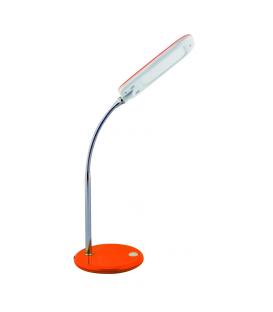Light bulbs and LED lamps for the home

We can provide you with some information about light bulbs and LED lamps for home use!
Traditional Incandescent Bulbs:
These are the classic light bulbs that have been used for many years. They produce light by heating a tungsten filament until it becomes white-hot and emits visible light. However, they are highly inefficient because a lot of the energy they consume is converted into heat rather than light. As a result, they have a short lifespan and higher energy consumption compared to more modern options.
Compact Fluorescent Lamps (CFLs):
CFLs are more energy-efficient compared to incandescent bulbs. They work by exciting mercury vapor inside the bulb, which then emits ultraviolet light. This UV light is then converted into visible light when it interacts with a phosphorescent coating on the inside of the bulb. CFLs are more energy-efficient than incandescent bulbs, but they do contain a small amount of mercury, so proper disposal is important.
LED (Light Emitting Diode) Lamps:
LED lamps are one of the most energy-efficient and long-lasting options available for home lighting. They work by passing an electric current through a semiconductor material, which emits light. LEDs are highly efficient because they produce very little heat compared to incandescent and even CFL bulbs. This results in lower energy consumption and a longer lifespan. They also come in various color temperatures, allowing you to choose warm or cool light according to your preference.
Benefits of LED Lamps:
- Energy Efficiency: LEDs use significantly less energy than incandescent and CFL bulbs, which can help reduce electricity bills.
- Long Lifespan: LEDs can last much longer than traditional bulbs, often up to 25,000 to 50,000 hours or more, depending on the quality.
- Durability: LEDs are solid-state lights, making them more resistant to shocks and vibrations compared to fragile incandescent bulbs.
- Instant Lighting: LEDs reach full brightness instantly, unlike some CFLs that may take a moment to reach their maximum light output.
- Color Options: LEDs are available in various color temperatures, from warm (yellowish) to cool (bluish) light, allowing you to choose the right ambiance for different spaces.
- Dimmability: Many LED lamps are dimmable, providing you with control over the intensity of light.
When choosing LED lamps for your home, consider factors such as the color temperature, brightness (measured in lumens), and the type of base that matches your fixtures. It's also worth investing in quality LED products from reputable brands, as they tend to offer better performance and longevity.
Remember that as technology advances, new lighting options may become available, so it's a good idea to stay updated on the latest developments in the lighting industry.






